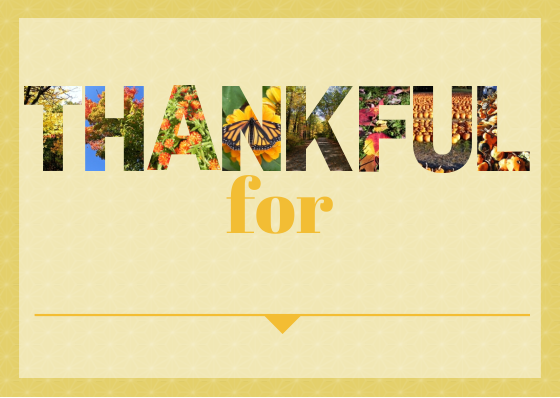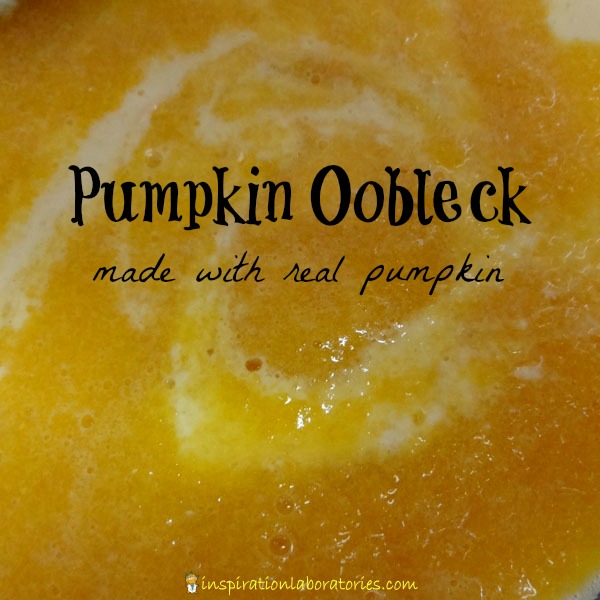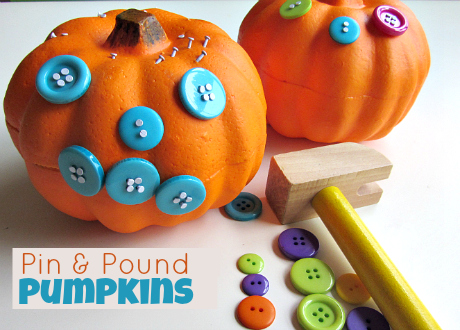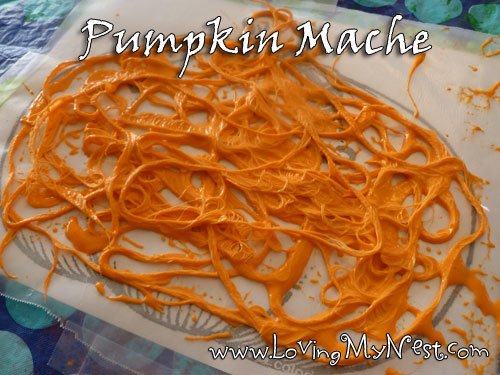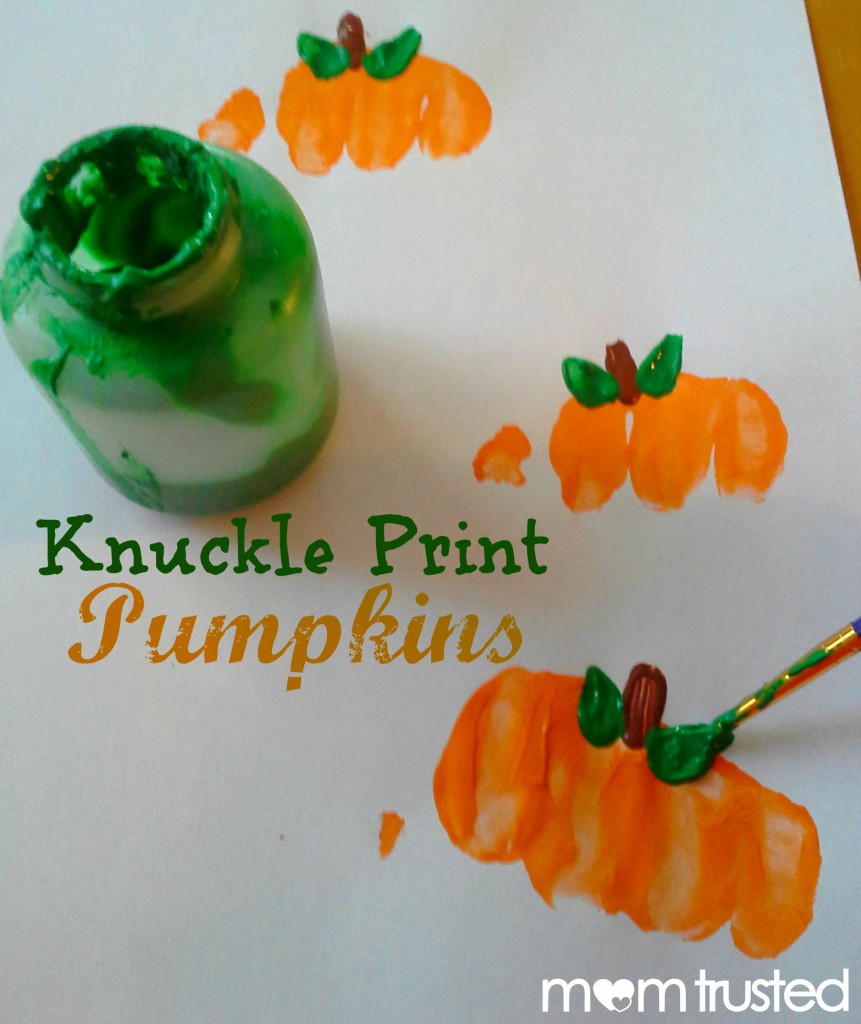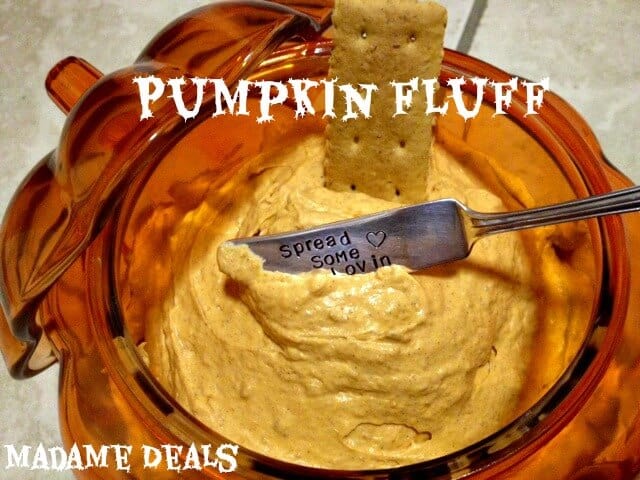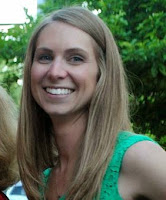So what is Advent?
For Catholics, Advent starts the beginning of the liturgical year, and is a season of anticipation for both the birth of Jesus Christ and Jesus' second coming. It is celebrated the four weeks leading up to Christmas. What I love about Advent is that it helps us focus on the reason for the season: Jesus. All those other details (Christmas gifts, cards, baking, decorating, etc) become less stressful for me, if they are put in their proper places, as ways to glorify God and celebrate His only Son.
This 2 minute video gives a great overview of Advent:
Now, here's some music to get us anticipating the birth of Jesus!
FYI - Only when you try to compile a list of Advent songs, do you realize that pretty much every Christmas song has to do with post-Jesus' birth. Thus, a 5 song playlist that includes 4 versions of O Come, Emmanuel (which are all pretty awesome, by the way.)
Being pretty new to celebrating Advent, our family is trying to add one new tradition each year until we have some basics covered. I do not want it to be overwhelming or feel like one more thing piled onto the already crazy list of "stuff" to do. The important thing is preparing our hearts for Jesus. I will remind myself: Advent does not have to be Pinterest-worthy.
So, here are some simple ways to celebrate Advent with your family:
Advent wreath
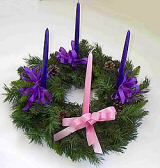 |
| Advent Wreath |
This page on Catholic Culture provides the blessing, prayers, and explanation of what to do with your Advent wreath, and Our Sunday Visitor has an Advent guide, as well.
On the first Sunday of Advent (December 1st this year) , we will be blessing our Advent wreath and lighting the first purple candle, along with a prayer. This is done each night of Advent. By the second week, we will be lighting the two purple candles, and the third week sees the additional lighting of the pink "joyous" candle. The fourth, and final, Sunday of Advent observes the lighting of the last purple candle. The Advent wreath is a simple, yet significant way to incorporate our preparation for the birth of Christ into our daily lives.
Advent calendar
This is a tradition that you are probably familiar with. There are so many different Advent calendars, and you can buy them at stores, online, or make your own. Last year, my 4 year-old, Grace, looked forward to it everyday, and I'm sure she's excited to get her little sister in on the fun. Sometimes we end up with more than one, which is no problem for us! But to emphasize the true meaning of Advent and Christmas, I want to be sure that at least one of my Advent calendars is religious.Loyola Press has an awesome online Advent calendar for kids, which is also printable.
Here is one from the U.S. Conference of Catholic Bishops that can be used online or printed. It includes the Catholic feast days, suggested prayers, and activities that can be done to prepare for Christmas.
This printable Family Advent Poster from Good Ground Press includes works of charity, fun activities, feast days, and a focus on family.
 |
| Family Advent Poster Good Ground Press |
I also love this fabric Advent calendar because the kids can add a new piece to the nativity scene each day. I am thinking of making this with paper nativity pieces.
 |
| Fabric Advent Calendar |
Jesse Tree
 |
| Jesse Tree |
Up until a couple of years ago, I'd never even heard of the Jesse Tree. So what is it? The Jesse Tree is an Advent tradition that focuses on Jesus' family tree, as shown in the image on the left. For more information about the background, check out this article. Similar to the Advent calendar, a new symbol or ornament is hung on the Jesse Tree each day of Advent. As the ornament is hung, a corresponding bible passage is read.
There are so many different ways to do a Jesse Tree: some simple, some complex. I even Googled it for you. You're welcome.
 |
| Felt Jesse Tree Catholicseeking |
 |
| More Printable Jesse Tree Ornaments Domestic-Church |
Because I'm making a Jesse Tree for the first time this year, I am starting out simple. I'm printing the symbols and having my 4 year-old, Grace, color them. The printable symbols can be found here or here.
Since I'm going with low-key, we will either make a tree poster or hang them on a small Christmas tree if I can find one.
Other resources
Looking for some basic printouts on Advent? Check out this page: |
| Advent Ideas, Activities, and Calendar Good Ground Press |
Here is a short video from Catholic News Service with ideas for how to celebrate Advent:
May your family have a blessed Advent!
- Jessica











